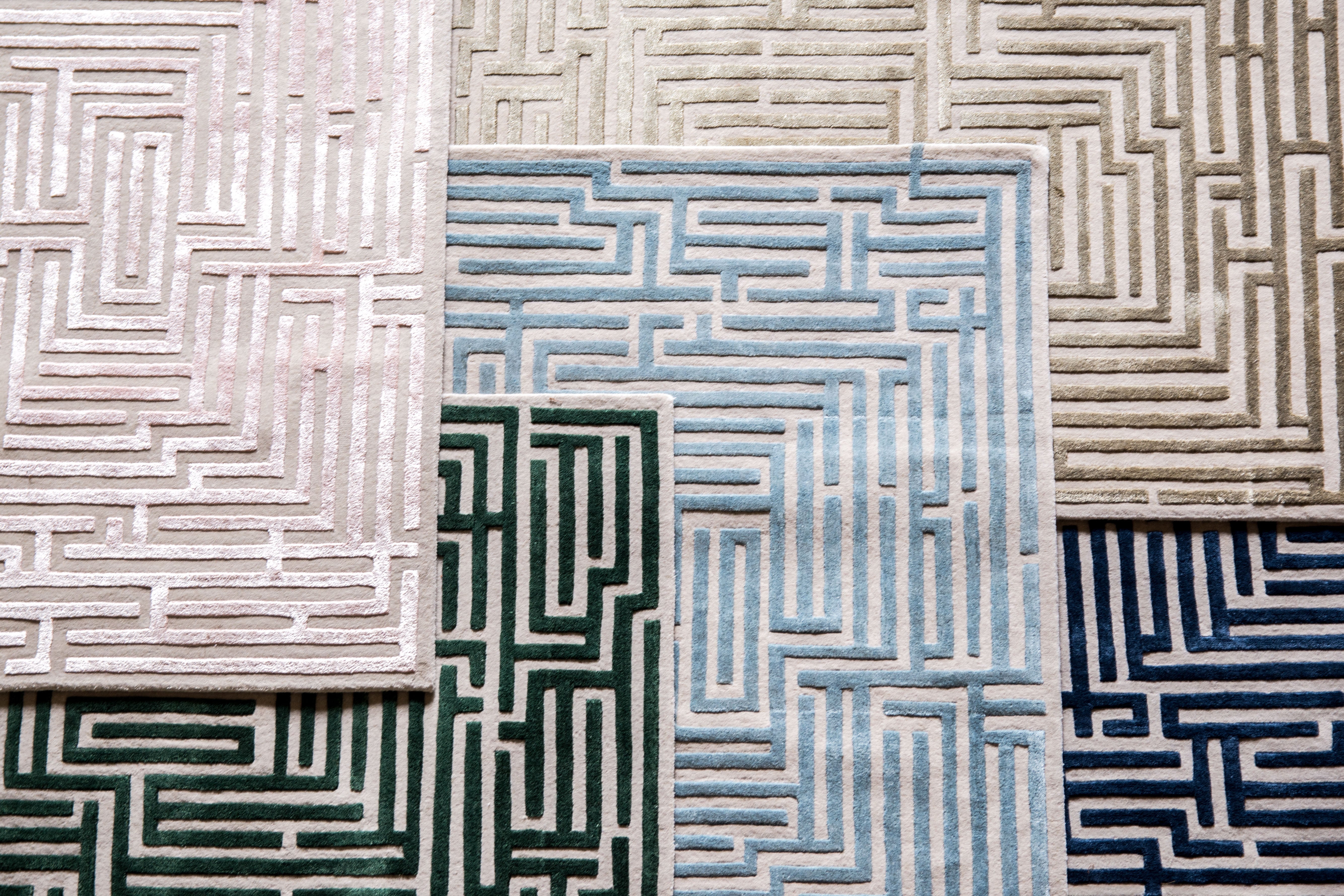Water Damage Restoration: A 6-Step Guide for Homeowners
Experiencing water damage in your home can be overwhelming, plunging you into uncertainty. This guide is crafted for you, offering a clear, step-by-step approach to managing the aftermath effectively. From initial assessment to the final touches of restoration, it will walk you through the essentials, ensuring you're equipped to restore your sanctuary to its pre-damage state with confidence and efficiency.
Assess the Damage
Assessing the extent of water damage is paramount before undertaking any restoration efforts. The experts over at www.cutanddryresto.com can explain how this initial step is not only critical for understanding the scope of damage but also for formulating a strategic restoration plan. An accurate assessment helps in identifying the type and level of water intrusion — ranging from clean water from rain or pipes to contaminated water that may pose health risks.
Begin by visually inspecting the affected areas to gauge the water penetration and damage to materials. Use moisture meters to measure the moisture content in walls and flooring, which will help in determining the necessary dehumidification and drying processes. Documenting the damage thoroughly by taking photos can assist in insurance claims and future restoration processes. This foundational step ensures a targeted approach, ultimately saving time, money, and effort in restoring your home.
Extract Water
Water extraction is a critical step in water damage restoration, pivotal for preventing further damage and mitigating mold growth. This process should begin promptly to avoid structural damage and the proliferation of mold and bacteria, which thrive in moist environments.
To extract water effectively, use a combination of wet vacuums and pumps suitable for the volume of water and the size of the affected area. It's important to remove furniture or other items from the area to ensure thorough water removal. For best results, engage professionals who have the necessary equipment and expertise to remove water efficiently and minimize damage. Completing this step lays the foundation for the drying and dehumidification phase, which is essential for restoring the home to its original condition.
Dry Out the Area
Once all the excess water is gone, it's also important to make sure all remaining moisture is removed to prevent mold growth and structural damage. This is where the drying and dehumidification process comes in. Here are some tips to achieve this:
- Remove standing water
- Increase airflow
- Use dehumidifiers
- Focus on hard-to-reach areas
- Remove wet materials
- Monitor progress
- Maintain temperature
- Be patient
This prevents mold and mildew growth, which can lead to health issues and further damage the structure of your home. It also mitigates the risk of long-term moisture problems within building materials, ensuring the integrity of the home is maintained. A thorough drying process lays a solid foundation for the subsequent restoration steps, making it essential for a successful recovery.
Disinfect and Clean
After drying the area, disinfecting and cleaning are paramount in water damage restoration. This crucial step ensures the elimination of bacteria, mold, and other pathogens that proliferate in wet environments, safeguarding your health and preventing future outbreaks. Use EPA-approved disinfectants on all affected surfaces, including walls, floors, and personal items.
Wear protective gear such as gloves and masks to avoid exposure to harmful chemicals and contaminants. Thoroughly clean every nook and cranny, and consider professional steam cleaning for carpets and upholstery. This not only restores the aesthetic appeal of your home but also reinstates a safe, non-toxic environment for you and your loved ones.
Repair and Restore
Begin this phase by addressing all structural damages, including warped flooring, damaged walls, and compromised foundations. Ensure professional assessment of electrical systems and other utilities to prevent potential hazards. Next, focus on aesthetics, replacing or repairing drywall, paint, and fixtures. Prioritize areas that prevent functional use of space.
Consider this phase an opportunity for improvements or upgrades that could enhance your home’s resilience against future water damage. Engaging with experienced contractors who specialize in water damage restoration is key to ensuring a thorough and proficient recovery process, restoring not just the structure, but the comfort and security of your home environment.
Prevent Future Damage
Preventing future damage not only ensures the longevity of your home's structure and materials but also safeguards the health of its occupants. Implementing measures to avert future water damage involves several strategies, including proper maintenance of roofs and gutters, ensuring downspouts direct water away from the building, installing sump pumps and backwater valves, and using waterproof or water-resistant materials in areas prone to moisture.
Regular inspections for leaks in plumbing and roofs can also preempt potential problems. By taking these preventive steps, homeowners can significantly reduce the risk of water damage, thereby avoiding the need for extensive repairs and the stress associated with restoration efforts in the future.
In your pursuit to protect and restore your home from water damage, remember, the key lies in prompt action and thorough execution of each step detailed in this guide. By following these clear directions, you're not just recovering your space - you're fortifying your sanctuary against future adversities. Your home is more than a structure; it's a haven worth safeguarding.










